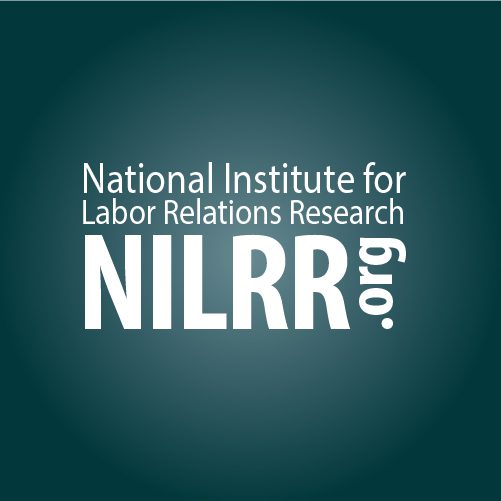Right To Work vs. Forced- Unionism States Analysis Spring 2020 Update

National Institute for Labor Relations Research provides a new update to its semi-annual report comparing Right To Work States vs. Compulsory Unionism States. (Click here to download a PDF copy of the 2020 Spring Right To Work Benefits analysis.)

NOTES
*The term “Tax Freedom Day†was coined and popularized by the nonpartisan, Washington, D.C. based Tax Foundation. As the Tax Foundation has explained, it is “the day when Americans . . . finally have earned enough money to pay off their total [federal, state and local] tax bill for the year.†(For simplicity’s sake, the Tax Foundation assumes an equal amount of income is earned every day, and does not distinguish weekdays from weekends.)
*Indiana and Michigan became Right to Work states in early 2012 and early 2013, respectively. Wisconsin’s Right to Work law was adopted in March 2015. West Virginia banned forced union dues and fees in 2016, and Kentucky became Right to Work in 2017. These five states are excluded from all multi-year analyses. They are included among the Right to Work states for analyses covering only a period since their laws took effect. Since the Missouri Right to Work adopted in 2017 never took effect, it is never counted as a Right to Work state.

